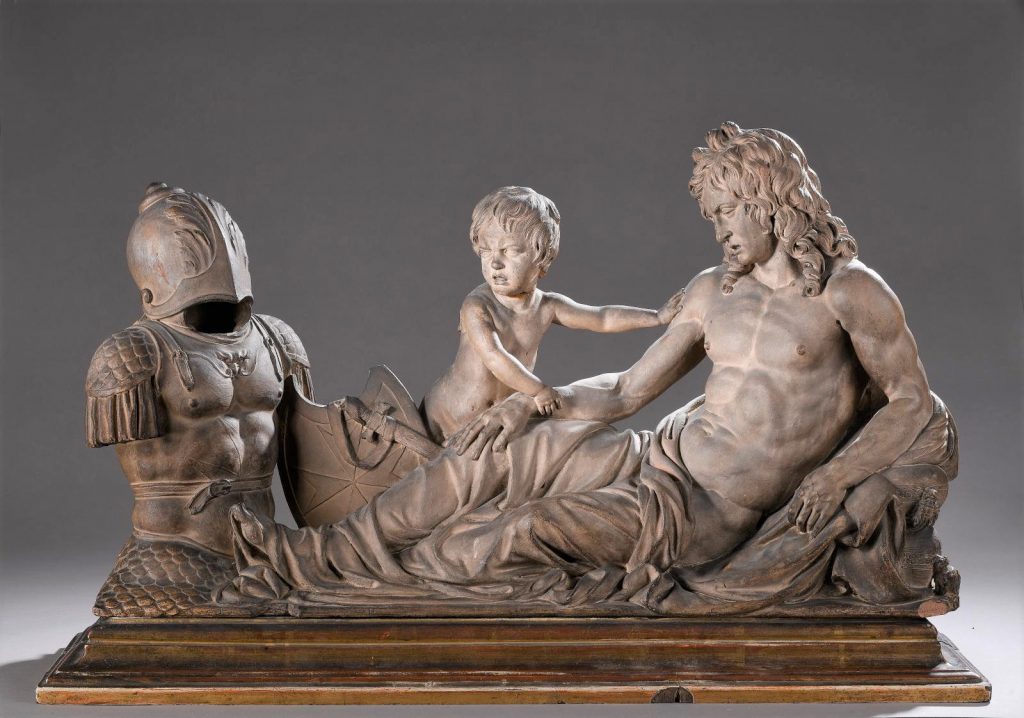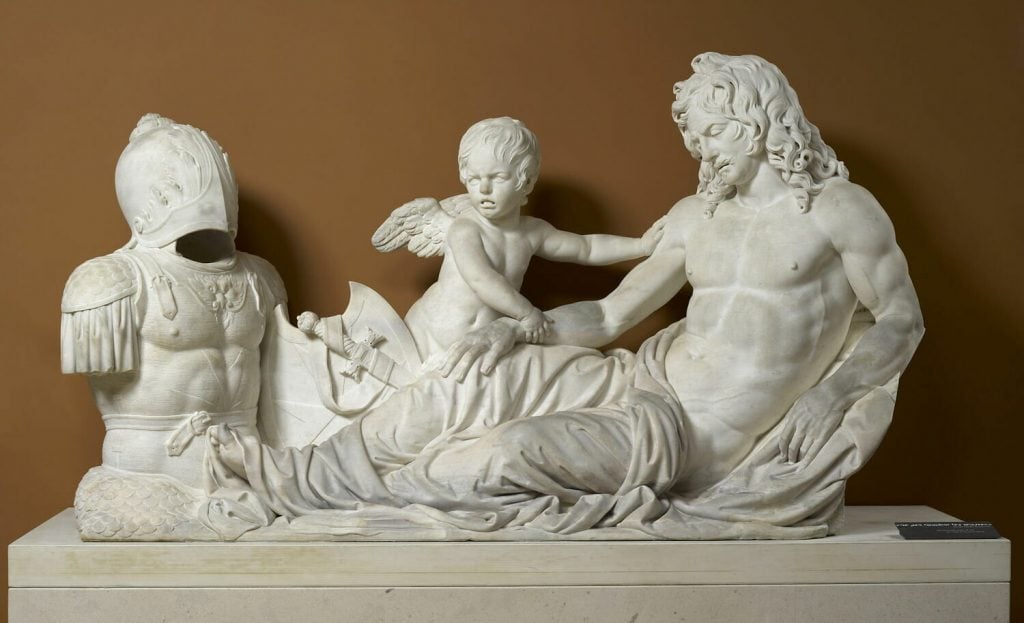Auctions
A Collector Clinched a Rare 17th-Century Terracotta Sculpture for a Record $2.85 Million at a French Auction. Now, the Louvre Is Snatching It
The Paris museum already has the final marble version of the work in its collection.

The Paris museum already has the final marble version of the work in its collection.

Sarah Cascone

Imagine going to an auction house, determined to take home an art historical treasure. The piece you want sparks a heated bidding war, but you prevail even as the price soars to record levels. Then, still flush with victory, you get the call: a museum decided they want your latest trophy—and under the law, they can snatch it out from under you by matching your winning bid.
That’s exactly what’s happening to one collector after the “The Great Centuries” sale on June 18, at Osenat in Versailles. After an exceedingly rare terracotta sculpture by 17th-century French artist François Anguier sold for €2.6 million ($2.85 million), the Louvre in Paris decided it wanted the artwork. To the collector’s presumed chagrin, the institution has exercised its right under French patrimony laws to overturn the auction result.
“This means that a museum doesn’t intervene during the sale, but when the auction is over it ‘pre-empts, i.e. it buys the piece at the final price,” a Louvre spokeswoman told the Art Newspaper.
The artwork dates to before 1767, and is a preparatory work for a funerary monument the artist created for Jacques de Souvré, a French military officer who was a member of the Knights of Malta. It had not been seen at auction since 1872, following an initial sale in 1763.

François Anguier, Funerary Monument to Jacques de Souvré (before 1667). Collection of the Musée du Louvre, Paris.
“I have never had my hands on a 17th-century terracotta model of this importance modeled by a French sculptor,” sculpture appraiser Alexandre Lacroix, of the company Lacroix Jeannest, told La Gazette Drouot. “Until the 18th century, the French preferred wax or wood to present models to their patrons, and it wasn’t until the 1730s that terracotta sculptures appeared at the Salon de l’Académie. When you also consider the extreme fragility of the material, it’s easy to see why early French terracotta works are so rare. Though preserved at the time by sculptors or patrons, they have now almost all disappeared.”
According to the magazine, there are only two other known extant terracotta funerary monument models from the era, one by Gilles Guérin and a second Anguier, still in the hands of his descendants.
The Osenat sale marks an auction record for the artist, who has only had two lots appears on the market, in 2010 and 1992, according to the Artnet Price Database. Both were bought in. This time around, the auction house was expecting fireworks, with a presale estimate of €2 million to €3 million ($2.2 million to $3.3 million).
The final marble version, originally created for the church of Saint Jean de Latran in Paris, was dismantled during the French Revolution. The main portion of it now resides in the Louvre. By snagging the recently auctioned model, the museum will be able to finally reunite the two works.
More Trending Stories: